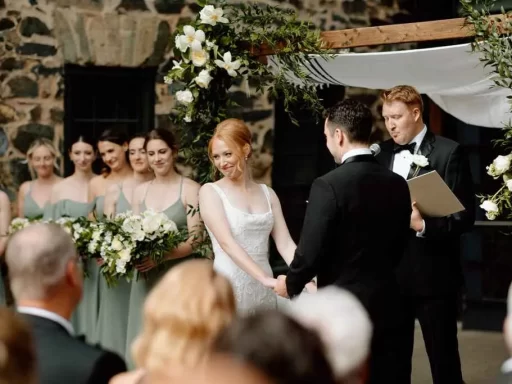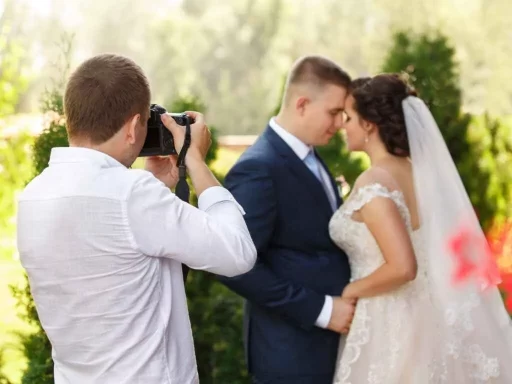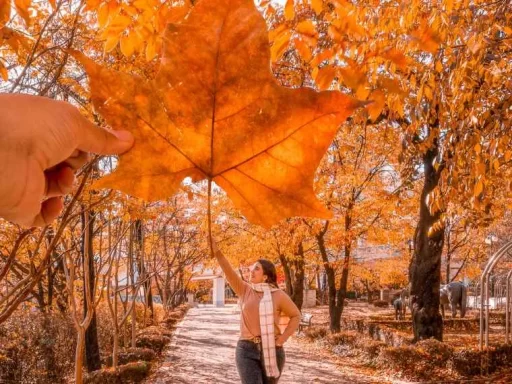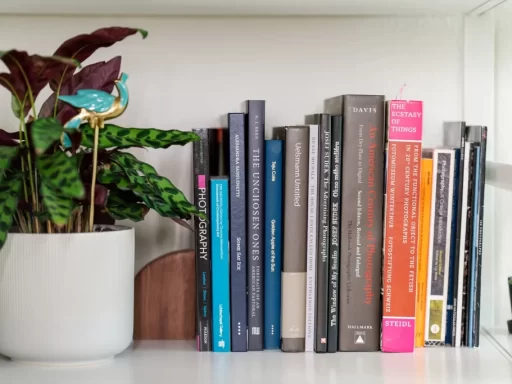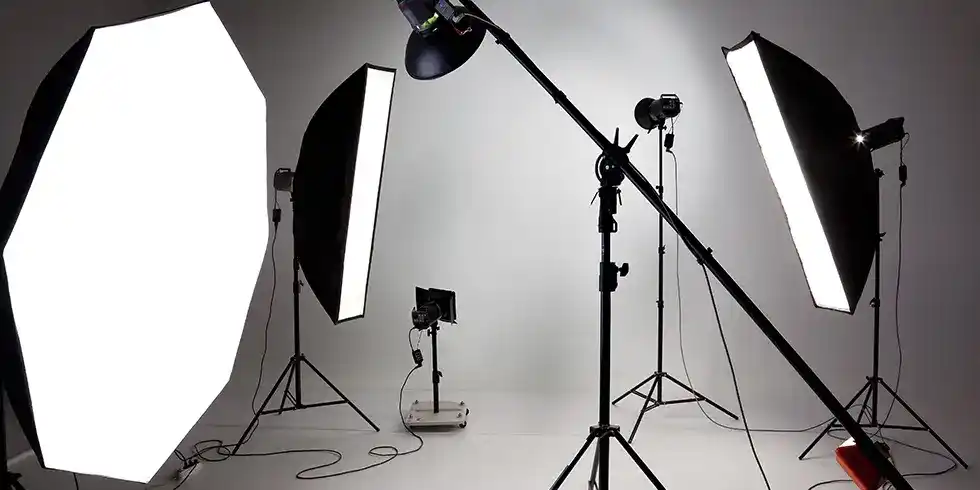
For photographers who want to improve their strobe lighting techniques, “Mastering Strobe Light Photography: Techniques, Tips, and Inspiration” seems like a fascinating and educational guide. Below is an overview of possible contents for such a work.
you can also check the tips and guide on strobe light by smugmug.
Introduction to Strobe Lighting
With a little bit of creativity and accuracy, photographers may create dramatic photos with strobe light photography. Strobe lights provide intense flashes of light that capture minute details and stop motion, in contrast to continuous lighting. These adaptable devices exist in different arrangements, including battery-operated models for shooting while moving. The modeling light is essential to many strobes; it offers a steady stream of light to sample the lighting arrangement and help with focus. We’ll go into the principles of strobe lighting in this introduction, revealing how it can elevate commonplace scenes into spectacular art pieces.
Understanding Strobe Equipment
Gaining proficiency with strobe light photography techniques requires a deep understanding of the details of the equipment. The finest strobe lights for photography depend on several factors, including power output, recycle time, and modifier compatibility. A light meter becomes essential for correct exposure management when using strobes, guaranteeing ideal illumination ratios and settings. Photographers may create captivating compositions that grab viewers and push their profession to new heights by learning how to maximize the potential of strobe light equipment, whether they choose studio strobes or portable ones. 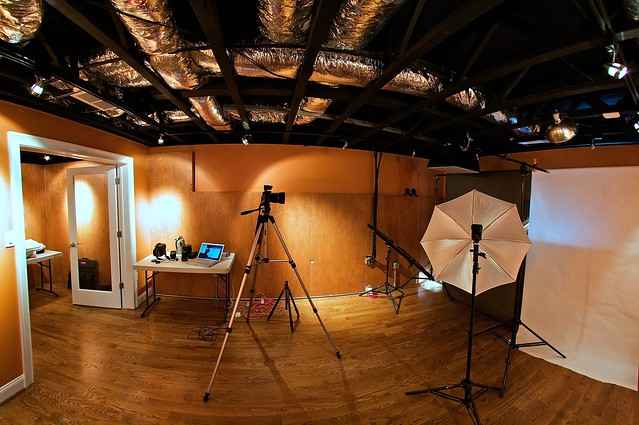
Setting Up Your Strobe Lighting
Gaining proficiency in lighting setup is crucial for producing visually striking outcomes while experimenting with strobe light photography. Start by deciding which strobe light is ideal for your needs and shooting style in terms of photography. Considering variables like angle, distance, and intensity, place your strobe flash strategically to enhance your subject and intended atmosphere. Try modifying the light’s quality and direction by experimenting with modifiers like soft boxes, umbrellas, or grids. You may unleash a world of creative possibilities and create visually striking, impactful photographs by learning to work with your strobe light photography equipment.
Techniques for Creative Lighting
When delving into creative lighting techniques, understanding key technical aspects like sync speed and recycle times is crucial for achieving desired results with the best strobe lighting for photography. Utilize your camera’s sync speed to ensure that your strobe fires optimally, synchronizing with the shutter for perfectly timed exposures. Pay attention to recycle times, which dictate how quickly your strobe can recharge between shots, allowing for rapid-fire photography without compromising light output. Experiment with various lighting setups, angles, and modifiers to sculpt light creatively, adding depth, dimension, and mood to your images. With a solid grasp of these techniques, you can elevate your photography to new heights, producing compelling visuals that captivate viewers’ attention.
Working with Multiple Strobes
Photographers can manipulate light with accuracy and depth when using several strobe lights, which opens up a world of creative possibilities. Achieve quick recycle times for your strobes so that you can easily shoot quickly and capture dynamic situations. Strobe lighting provides fine control over illumination, sculpting shadows and highlights with unmatched accuracy instead of continuous photography, which works with constant light. Try different strobe combinations to get complex lighting effects. Make sure to balance key, fill, and accent lights to give your photos more depth and emotion. Photographers can improve the quality of their work and create memorable compositions by learning how to work with several strobes. 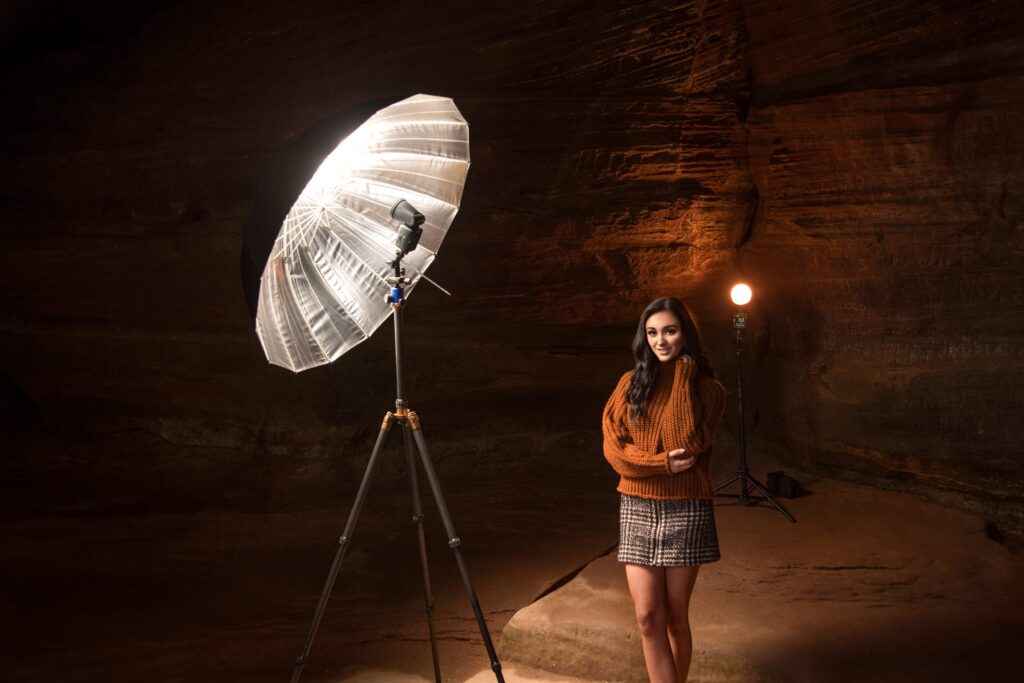
On-Location Strobe Photography
Using regulated artificial lighting with natural surroundings to create visually appealing photos is an exciting potential that on-location strobe photography offers. In contrast to studio circumstances, on-location shots require flexibility in response to changing lighting conditions and environmental variations. It is imperative to bring along portable strobes that are both powerful and adaptable to light your subjects properly. Accept the background light as a strobe’s ally, finding a balance that draws attention to your subject while enhancing the overall vibe of the image. Use light modifiers to soften and modify the strobe’s output to produce fascinating landscapes or flattering portraits, such as softboxes or reflectors. Combined with careful planning and imaginative vision, on-site strobe photography makes amazing shots that perfectly convey the spirit of your selected location.
Talking about on location strobe photography let’s have a look on the ultimate guide to the cameras for landscape photography.
Post-Processing for Strobe Photography
Strobe photography post-processing involves carefully adjusting photos, focusing on mood, uniformity, and color temperature. To ensure a smooth mix, start by setting the color temperature to balance the tones between the strobe and surrounding light. Utilize software tools to fix any disparities in white balance, guaranteeing accurate color rendering. Concentrate on enhancing details and reducing distractions when taking pictures in studios, where carefully regulated lighting conditions are the norm. Try small adjustments to draw attention to edges and textures, increasing the image’s overall impact. Maintaining the original scene’s integrity while improving its aesthetic appeal should be your primary concern. Photographers can achieve polished outcomes that make an impression on the viewer by using post-processing techniques designed explicitly for strobe photography. 
Building Your Strobe Kit
Choosing the appropriate equipment for your aims and style of photography is an essential phase in building your strobe kit. A dependable strobe device with the strength and adaptability required for your shooting situations should be your first purchase. Consider things like modifier compatibility, flash output, and recycling time. To control and shape the type of light your strobes create, use light modifiers such as grids, softboxes, and umbrellas. Add more equipment to your gear for on-the-go shooting, like stands, triggers, and batteries. As your abilities and requirements change, periodically evaluate and improve your equipment. By thoughtfully selecting your strobe gear, you may equip yourself to take on various photographic problems confidently and creatively.
Resources and Further Reading
Many resources and reading materials are available to enhance your knowledge and skills for further exploration into the realm of lighting in photography. To delve deeper into understanding lighting techniques, books such as “Light Science & Magic: An Introduction to Photographic Lighting” by Fil Hunter, Steven Biver, and Paul Fuqua offer comprehensive insights into the principles of light and how to manipulate it effectively. Additionally, online resources like photography blogs, forums, and tutorial websites provide valuable tips, tutorials, and discussions on topics ranging from constant lights to battery-powered strobes and various light modifiers. Professional photography associations and workshops also offer opportunities to learn from experienced practitioners and expand your expertise. By exploring these diverse resources, photographers can enrich their understanding of lighting and elevate their craft to new heights.
Overall, “Mastering Strobe Light Photography” would aim to be a comprehensive guide that covers everything from the basics of strobe lighting to advanced techniques and creative inspiration. It would provide technical knowledge and practical advice to help photographers elevate their work using this versatile lighting tool.


